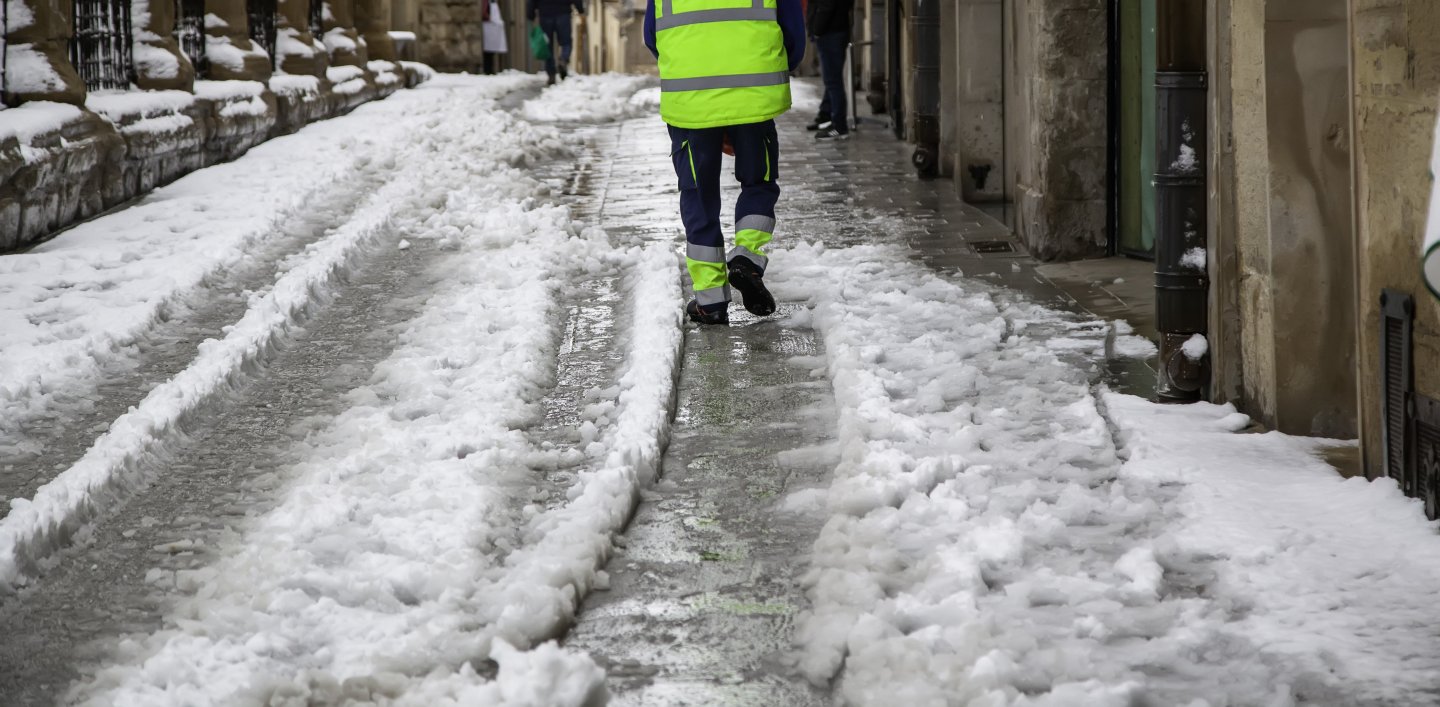
Winter work shoes
Everything you need to know about choosing the right safety shoes for your staff
Working outdoors in the winter brings challenges not only to our comfort, but also to our health. There’s nothing worse than having cold feet with no warm bath in sight. Not to mention risks like frostbite or accidents...
Choosing the right work footwear for the winter will not only increase the comfort of your workforce, but also provide them with protection from the cold, accidents and other occupational hazards.
The most important standards and specifications for winter work footwear
EN20347
This standard describes the basic requirements for occupational footwear that does not have an impact-resistant toecap (protecting against impacts with energy up to 200 J or a compression load of 15 kN).
OB Basic requirements for safety footwear without a toecap
| O1 |
+ energy absorption of the seat region + antistatic properties + closed seat region |
| O2 | + water resistance |
| O3 |
+ puncture resistance + deep tread |
| O4 |
+ energy absorption of the seat region + antistatic properties + closed seat region |
| O5 |
+ puncture resistance + deep tread |
EN20345
This standard defines the basic and additional (optional) requirements for footwear that has a toecap protecting against impacts with energy up to 200 J or a compression load of 15 kN.
SB Basic requirements for safety footwear with a toecap
| S1 |
+ energy absorption of the seat region + antistatic properties + closed seat region |
| S2 | + water resistance |
| S3 |
+ puncture resistance + deep tread |
| S4 |
+ energy absorption of the seat region + antistatic properties + oil and fuel resistance |
| S5 |
+ puncture resistance + deep tread |
| Category | Requirements |
|---|---|
|
SRA SRB SRC |
Slip-resistant properties on flat and inclined surfaces |
| CI | Sole resistance to cold |
| WRU | Water penetration and absorption resistance |
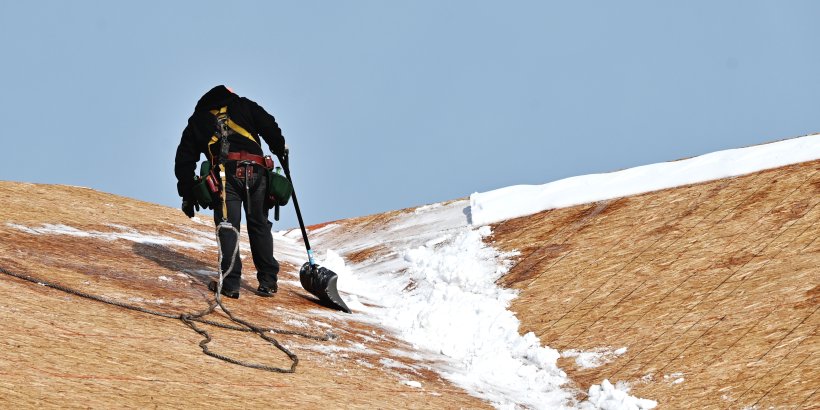
How to choose the right work footwear for winter
Always consider workplace needs and risks when choosing winter safety footwear. In the same way that the correct use of PPE is vital, the comfort and ease care of footwear is important for your staff. Inappropriate safety footwear may fail to prevent injuries and health risks.
Consider the following factors when making your choice:
1. Where the employees work
What sort of conditions do your employees work in? They have different requirements depending on whether they are working indoors or outdoors.
You need to take into account the temperature of the working environment. The amount of time the employee spends in that space is also important.

Footwear manufacturers always specify the lowest temperature at which a shoe protects the foot. The requirements for a shoe providing protection down to -10 °C are different from those where an employee works for 8 hours at a temperature of -30 °C.
This information is of particular importance when selecting the sole. Especially in winter, it is important for staff to have winter boots with non-slip soles and a deep tread as they will be moving around in damp, wet or slippery environments.
Our tip: Reflectors make sure your employees are highly visible and protected not only from the elements, but also from other occupational hazards and accidents.

Customers often ask me: What type of footwear is best for cold and wet environments? Winter footwear that prevents water from entering the shoe. In other words, waterproof footwear, which also has a deep tread suitable for more extreme environments such as wet terrain.
2. Material
Winter safety boots provide staff with the best protection against the cold. If occupational shoes or winter work boots get wet, this can cause problems. Moisture can diminish the insulating properties of the uppers, and a wet boot can quickly turn cold, which is unpleasant and uncomfortable for employees. This is why many manufacturers add an outer layer to the boots that is made of rubber, synthetic material, leather or other water-repellent material.
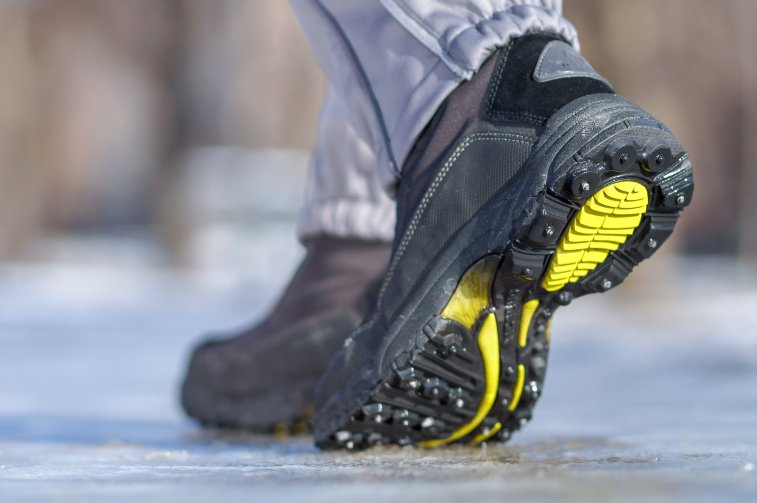
The first choice of material among not only athletes, but also workers who have to move around in wet environments or in the snow, is GORE-TEX®, which is waterproof and windproof, yet breathable enough to ensure that it remains comfortable when worn.
Boots made of thick cowhide leather are also popular because of their thermal protection and increased durability.
Warm padding inside a shoe or boot provides thermal protection and extra comfort. The inner lining should be made of a material that has thermal insulating properties, but remains breathable and moisture-wicking.

3. Boot height
The height of work boots depends on the work setting and the nature of the work.
Ankle boots are ideal if your staff are moving between outdoor and indoor environments and need to remain flexible, e.g. when bending over.
Longer footwear (covering the shin) and work boots are ideal for cold and wet environments or in snow or ice.
4. Safety requirements
When we talk about winter work boots, one of the factors we always have in mind is the safety they provide. During the winter months, making sure your staff are not cold and wet is not enough. They also need to be protected from occupational hazards and accidents.
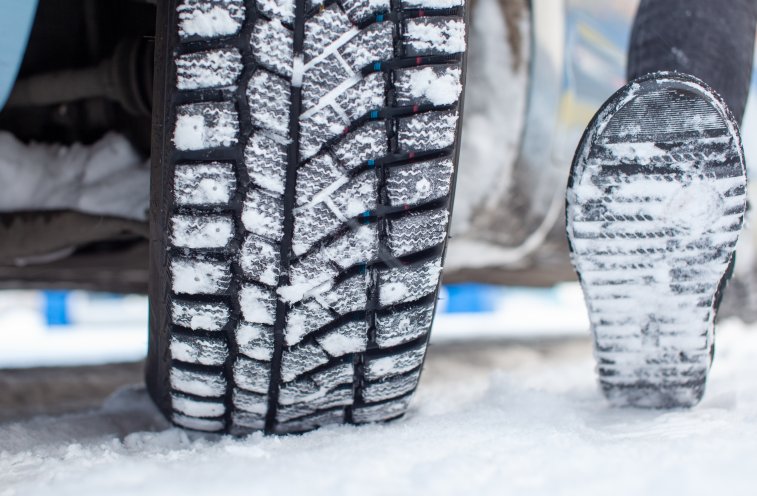
Winter safety footwear may also incorporate other protective features that reflect the kind of place your employees work in:
- Reinforced toecap to protect the toes from being hit or stubbed
- Plate to protect the foot from being pierced
- Insole to absorb shocks in the heel area
5. Maintenance
Winter work boots are one of those items of personal protective equipment that should be taken special care of in order to preserve their qualities and durability. Besides cleaning them regularly, consider waterproofing the uppers.

Continue reading
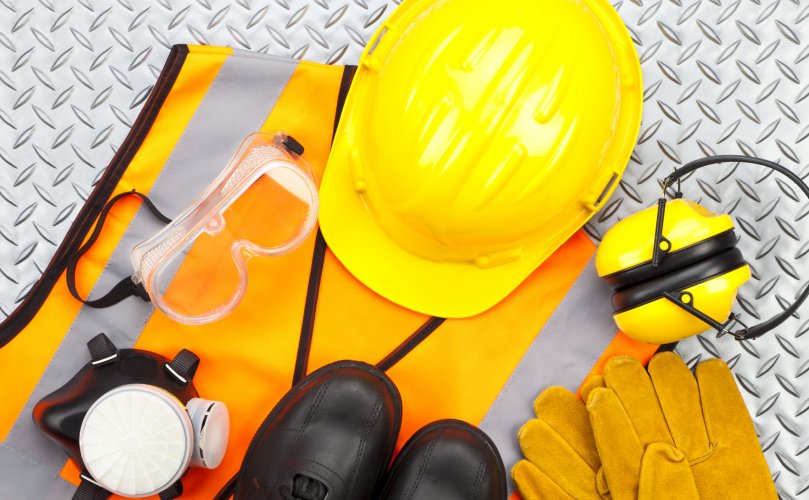
Your PPE guide: Protective workwear

Workplace safety: Warehouse

